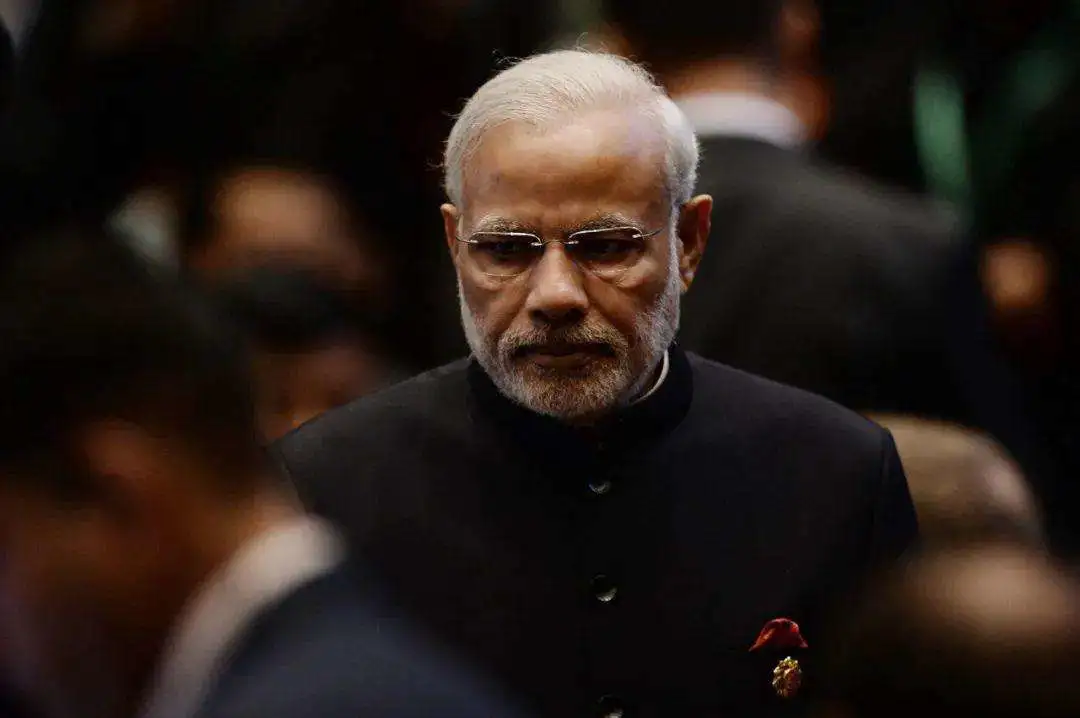html
Understanding the Recent India-Pakistan Tensions: A Deep Dive into the Kashmir Conflict
“The Kashmir conflict remains a tinderbox of religion, territory, and resource rivalry.”
1. Introduction: The April 22 Terror Attack in Kashmir
On April 22, 2025, a devastating terrorist attack targeted Hindu tourists in the eastern Kashmir Valley, a region long disputed between India and Pakistan. The incident left 20 dead and 28 injured, reigniting tensions that have simmered for decades.
India swiftly accused Pakistan-backed groups of orchestrating the attack, prompting retaliatory threats, including cutting off Pakistan’s water supply. This incident underscores the volatile dynamics of the Kashmir conflict, rooted in territorial disputes, religious divisions, and geopolitical maneuvering.

2. Historical Context: The Origins of the Kashmir Dispute
2.1 The Legacy of British Colonial Rule
In 1947, British India was partitioned into Hindu-majority India and Muslim-majority Pakistan. Kashmir, a Muslim-majority region ruled by a Hindu monarch, became a flashpoint. Despite its demographic ties to Pakistan, the princely state acceded to India under controversial circumstances.
This decision was formalized under Article 370 of the Indian Constitution, granting Kashmir special autonomy in defense, legislation, and citizenship.
2.2 Article 370 and Its Repeal
Article 370 allowed Kashmir to maintain its own laws, flag, and administrative independence. However, in 2019, Prime Minister Narendra Modi’s government revoked this provision, stripping Kashmir of its autonomy.
The region was bifurcated into federally governed territories, sparking widespread protests and militarized crackdowns.
3. Modi’s Policies: Fueling Religious Nationalism
3.1 Rise of Hindu Majoritarianism
Modi’s Bharatiya Janata Party (BJP) has prioritized Hindu nationalist agendas since 2014. By marginalizing India’s Muslim minority (14% of the population), Modi consolidated Hindu voter support.
For example, the Citizenship Amendment Act (2019) excluded Muslims from fast-track citizenship for non-Muslim refugees. As Chief Minister of Gujarat, Modi faced allegations of enabling anti-Muslim violence in 2002, which bolstered his image as a Hindu leader.
3.2 Kashmir Under Military Control
Post-2019, Kashmir’s autonomy was replaced with direct rule. Thousands were detained, internet services were suspended, and Hindu migration to Kashmir was incentivized.
This policy aimed to alter the Muslim-majority demographics, deepening local resentment and militant activity.
4. The April 2025 Crisis: Escalation and Fallout
4.1 Targeted Violence and Retaliation
The April 22 attack marked a shift: terrorists explicitly targeted Hindu pilgrims, a symbolic blow to Modi’s Hindu-first rhetoric. India blamed the Resistance Front, a Pakistan-linked group, though Pakistan denied involvement.
Cross-border shelling erupted along the Line of Control (LoC), displacing civilians and heightening war fears.
4.2 Water as a Weapon: The Indus River Threat
India threatened to restrict Pakistan’s access to the Indus River, governed by the 1960 Indus Waters Treaty (IWT). Key points include:
- Treaty Terms: India controls eastern rivers (Ravi, Beas, Sutlej); Pakistan uses western rivers (Indus, Jhelum, Chenab).
- Recent Violations: India’s hydropower projects (e.g., Baglihar Dam) and unilateral water diversions have strained the treaty. In 2025, India’s Ujh Dam project further threatened Pakistan’s agriculture, which relies on the Indus for 90% of irrigation.
5. Why Full-Scale War Is Unlikely
5.1 Economic and Strategic Constraints
Both nations face economic crises. India’s manufacturing sector shrunk from 16% to 15% of GDP under Modi, while Pakistan battles inflation and debt. War would destabilize both economies.
Military realities also limit India’s capacity for sustained conflict. Aging dams and inefficient military infrastructure, coupled with Pakistan’s nuclear arsenal, deter escalation.
5.2 International Diplomacy
The UN Security Council urged de-escalation, while the U.S. and China pressured both sides. The U.S. seeks to balance alliances (India for countering China; Pakistan for counterterrorism), complicating intervention.
6. Long-Term Implications
6.1 Humanitarian Crisis in Kashmir
Kashmir’s unemployment (30%) and militarization have fueled radicalization. Since 2021, over 300 attacks killed 1,200 people, with India’s heavy-handed tactics exacerbating cycles of violence.
6.2 Climate Change and Water Scarcity
Melting Himalayan glaciers and erratic monsoons strain water resources. By 2100, the Indus Basin’s water supply could drop 40%, intensifying India-Pakistan competition.
7. Conclusion: A Volatile Stalemate
The Kashmir conflict remains a tinderbox of religion, territory, and resource rivalry. While full-scale war is improbable, sporadic clashes and water disputes will persist.
Modi’s Hindu nationalism and Pakistan’s instability ensure tensions linger, with global powers struggling to mediate. For now, Kashmir’s civilians bear the brunt of this unresolved legacy.
References
- UN Security Council condemns the attack and calls for accountability.
- India’s revocation of Kashmir’s autonomy and subsequent policies.
- Indus Waters Treaty disputes and water-related tensions.
- Modi’s Hindu nationalist strategies and economic challenges.
